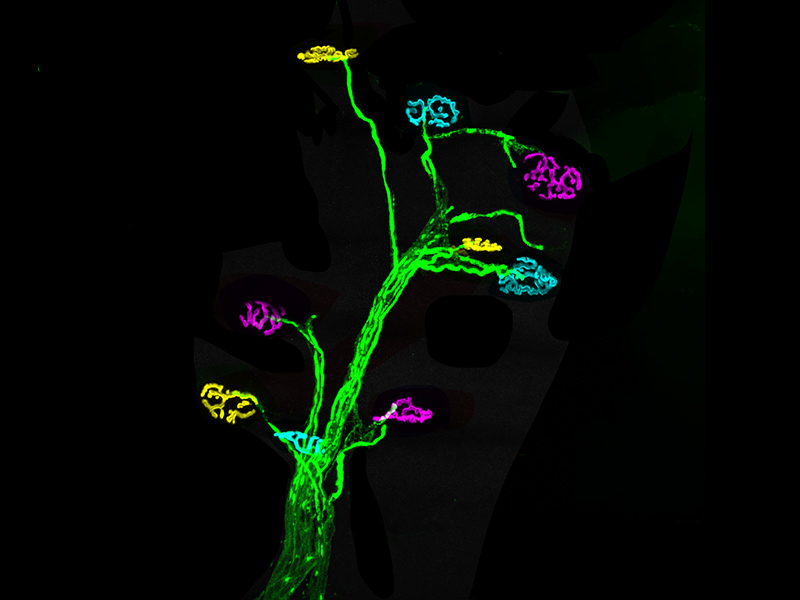MiR-34 at the crossroads of SMA pathogenesis and therapy: Emerging biomarker and therapeutic target
Dr. Chen, Jun-An - June, 2025
Spinal muscular atrophy (SMA) remains a devastating genetic disorder and the leading cause of infant mortality. It is linked to functional loss of the survival motor neuron 1 (SMN1) gene. Restoration of SMN1 protein levels through antisense oligonucleotide (ASO) therapies or gene replacement has dramatically altered the therapeutic landscape.1 Nevertheless, significant challenges persist, namely: (1) the invasive nature of intrathecal delivery; (2) the prohibitive costs associated with treatment; and (3) the unclear biological basis underpinning variable patient responses, which likely reflect underlying disease heterogeneity. These concerns highlight an urgent need for authentic biomarkers capable of monitoring treatment efficacy and guiding precision medicine in SMA patients.
Previous studies have proposed microRNAs (miRNAs) as potential biomarkers for motor neuron degeneration and related disease progression.3,4,5,6 However, these investigations were largely confined to serum-based analyses, in which systemic metabolic fluctuations unrelated to neuromuscular degeneration can obscure physiological interpretation. Moreover, prior efforts primarily identified associative, rather than causative, relationships between miRNA dysregulation and disease, leaving bona fide miRNA contributors to SMA pathogenesis elusive. ...
